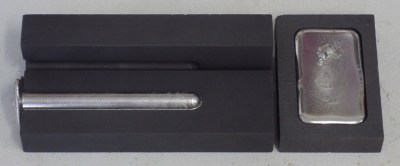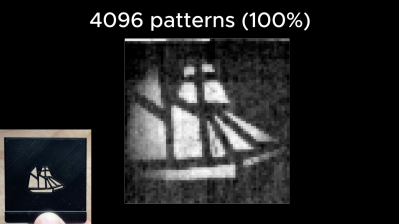Every year lightning strikes cause a lot of damage — with the high-voltage discharges being a major risk to buildings, infrastructure, and the continued existence of squishy bags of mostly salty water. While some ways exist to reduce their impact such as lightning rods, these passive systems can only be deployed in select locations and cannot prevent the build-up of the charge that leads up to the plasma discharge event. But the drone-based system recently tested by Japan’s NTT, the world’s fourth largest telecommunications company, could provide a more proactive solution.
The idea is pretty simple: fly a drone that is protected by a specially designed metal cage close to a thundercloud with a conductive tether leading back to the ground. By providing a very short path to ground, the built-up charge in said cloud will readily discharge into this cage and from there back to the ground.
To test this idea, NTT researchers took commercial drones fitted with such a protective cage and exposed them to artificial lightning. The drones turned out to be fine up to 150 kA which is five times more than natural lightning. Afterwards the full system was tested with a real thunderstorm, during which the drone took a hit and kept flying, although the protective cage partially melted.
Expanding on this experiment, NTT imagines that a system like this could protect cities and sensitive areas, and possibly even use and store the thus captured energy rather than just leading it to ground. While this latter idea would need some seriously effective charging technologies, the idea of proactively discharging thunderclouds is perhaps not so crazy. We would need to see someone run the numbers on the potential effectiveness, of course, but we are all in favor of (safe) lightning experiments like this.
If you’re wondering why channeling lightning away from critical infrastructure is such a big deal, you may want to read up on Apollo 12.


















